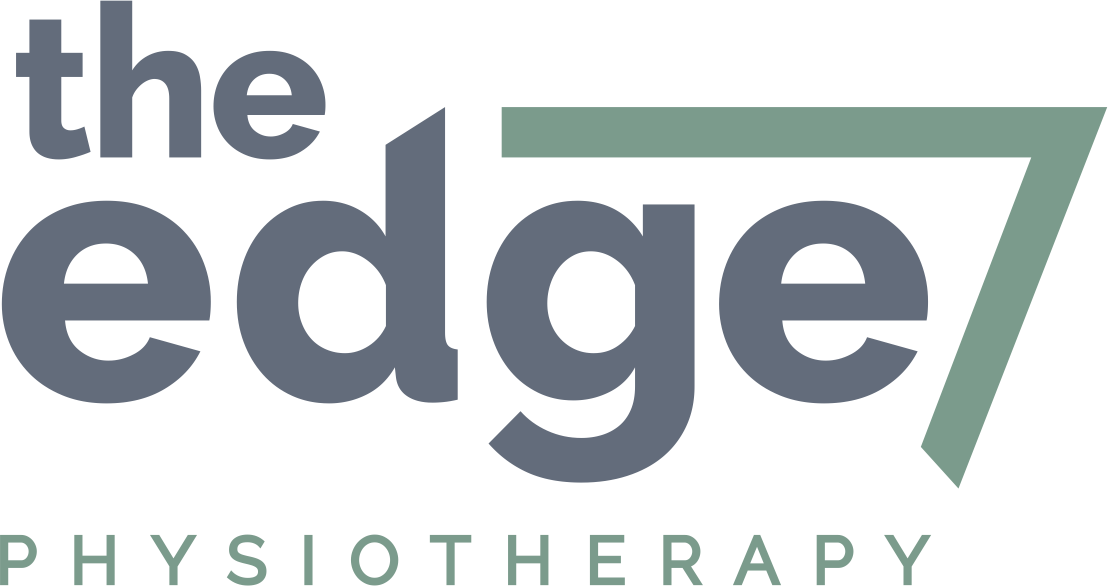What does a physio do?
Clinical Pilates at The Edge Physiotherapy, Bowral
According to my five year old daughter, “mummy and daddy help people”
Before I became a physiotherapist, I didn’t know half of the things that were in the scope of physiotherapy. I’m taken back to a particularly nasty ankle sprain I experienced during a hip hop class. Classic rolled the ankle, wearing rubbish shoes, but I kept on dancing anyway. This would later turn into chronic ankle pain that lasted for 6 months!! At the time I was heavily into dancing but no cross-training. I had to give away my regular classes, I was limping all over the place, having to wear ankle braces that were hot and uncomfortable, and I was unhappy.
So I visited a physio, I figured they generally dealt with ankle sprains, bread and butter to them. The physio wasn’t unhelpful, I got some exercises, had some rather painful massage, but I didn’t see any improvement. Long story short, I followed the equipment based pilates approach, which wasn’t unexpected given I was dancing so much, and not only did the ankle improve, but I also picked up new skills from the pilates method.
Why am I advertising pilates and not physiotherapy? Well, I’m not, the trick is to find that therapist that fits with what you need, your philosophy, and that you actually connect with. When in doubt, ask us.
But the big question is still, what do physiotherapists do?? More often than not, I have had would-be patients say something along the lines of “physios only treat muscles”. According to our professional body The Australian Physiotherapy Association, “Physiotherapists help you get the most out of life. They help you recover from injury, reduce pain and stiffness, increase mobility and prevent further injury. ... “. What this means is that we are skilled at treating a wide variety of conditions using many methods. We are highly skilled healthcare professionals who have spent years at university and years working clinically to be able to handle many things. And if not, we know who to send you to.
I could make a massive list of the things I could treat, and a long list of the methods i’d use. But even better, when in doubt, feel free to ask us.
Sam and Andy

